Jeanette Kohl Receives Princeton Institute for Advanced Study Fellowship
 Jeanette Kohl, an associate professor and former chair of UC Riverside’s Department of the History of Art, has received a one-year fellowship at the prestigious Princeton Institute for Advanced Study based in New Jersey. Read more from Inside UCR: https://ucrtoday.ucr.edu/54602
Jeanette Kohl, an associate professor and former chair of UC Riverside’s Department of the History of Art, has received a one-year fellowship at the prestigious Princeton Institute for Advanced Study based in New Jersey. Read more from Inside UCR: https://ucrtoday.ucr.edu/54602

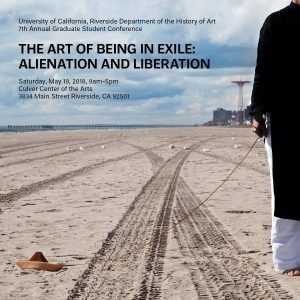
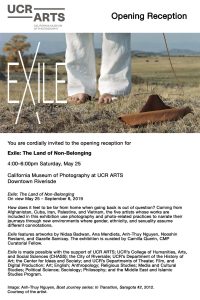
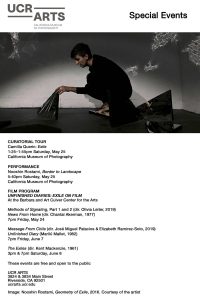 Exile
Exile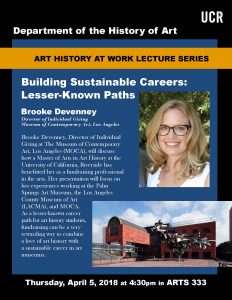 ART HISTORY AT WORK LECTURE SERIES
ART HISTORY AT WORK LECTURE SERIES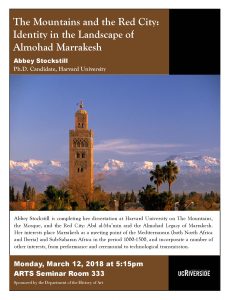 The Mountains and the Red City: Identity in the Landscape of Almohad Marrakesh
The Mountains and the Red City: Identity in the Landscape of Almohad Marrakesh